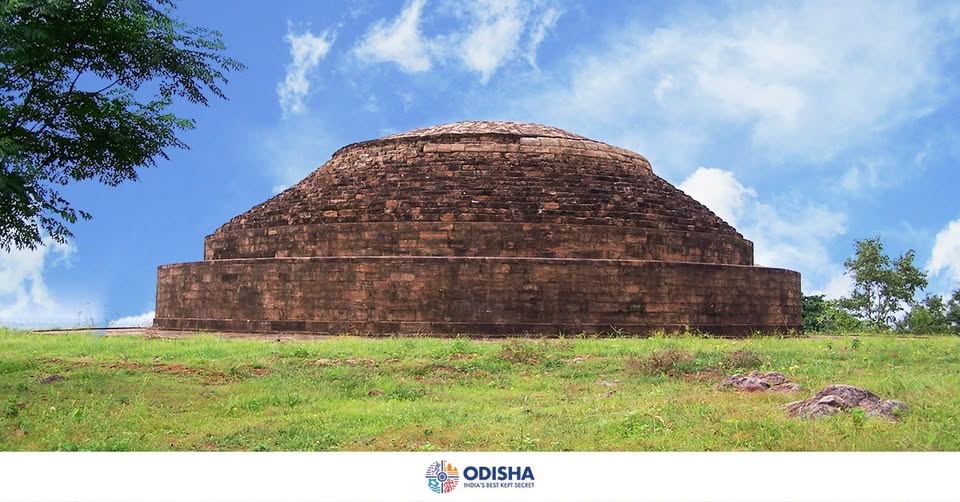Bhubaneswar: History enthusiasts and tech-savvy explorers alike have reason to rejoice as the Archaeological Survey of India (ASI) unveiled a state-of-the-art Virtual Experiential Museum at the iconic Buddhist archaeological site of Lalitagiri in Odisha. This innovative addition marks a significant step towards modernizing site museums and offering a more immersive and engaging experience for visitors of all backgrounds.
Lalitagiri, renowned for its significant Buddhist relics and ancient stupas dating back to the 1st century CE, now seamlessly blends its rich past with cutting-edge technology. The newly inaugurated museum leverages the power of Augmented Reality (AR) and Virtual Reality (VR) to transport visitors through time, offering a holistic understanding of the site’s historical and cultural significance.
Previously, visitors relied on static displays and informative panels to grasp the grandeur of the ancient monastic complex. However, the upgraded museum now allows individuals to virtually reconstruct the towering stupas, walk through the ancient monasteries as they once stood, and interact with digitally recreated artifacts. Through AR-enabled devices or dedicated VR stations, visitors can now witness the intricate carvings come to life, understand the daily lives of the Buddhist monks, and gain a deeper appreciation for the site’s architectural marvels.
“This initiative is part of the ASI’s nationwide effort to make our heritage sites more accessible and engaging for everyone,” stated [Quote from an ASI official said adding, “By incorporating modern technologies like AR and VR, we aim to cater to the needs of all sections of society, including younger generations, and provide a truly holistic experience that goes beyond traditional museum visits.”
The virtual museum promises to enhance the visitor experience in several key ways:
- Accessibility: Individuals with mobility issues or those unable to physically explore the entire site can now experience its full glory virtually.
- Engagement: Interactive AR and VR experiences make learning fun and memorable, particularly for children and students.
- Contextualization: The virtual reconstructions provide a clearer understanding of how the structures originally looked and functioned within their historical context.
- Deeper Understanding: Visitors can explore intricate details of artifacts and architectural elements that might be difficult to observe in their present state.
Local residents and tourism stakeholders have welcomed this development, anticipating a surge in visitors to Lalitagiri. “This virtual museum will undoubtedly put Lalitagiri on the map for a new generation of travelers who are looking for immersive and interactive experiences,” commented, Khenpo Amphel, Chief Of Administration of Chandragiri Tibetan Settlement.
The inauguration of the Virtual Experiential Museum at Lalitagiri signifies a progressive approach by the ASI in preserving and presenting India’s rich cultural heritage. By embracing technological advancements, the ancient echoes of Lalitagiri are now amplified, promising a more enriching and unforgettable journey for all who visit. This initiative serves as a model for other archaeological sites across the country, paving the way for a future where history and technology converge to create truly immersive cultural experiences.


